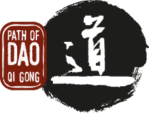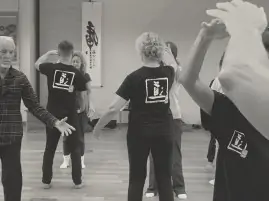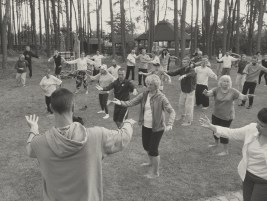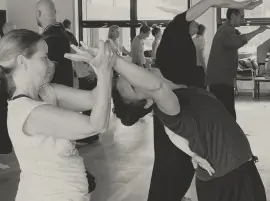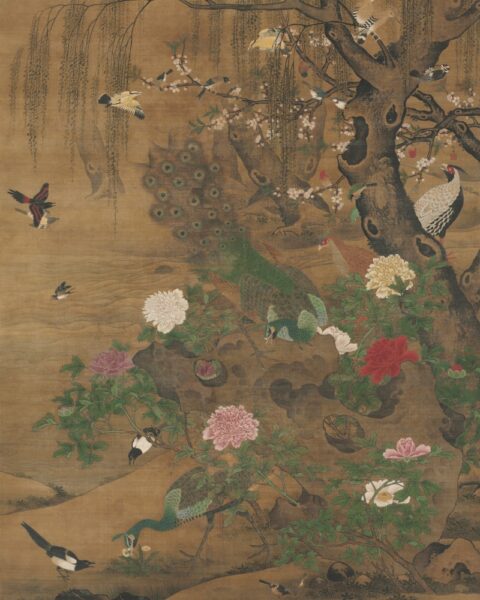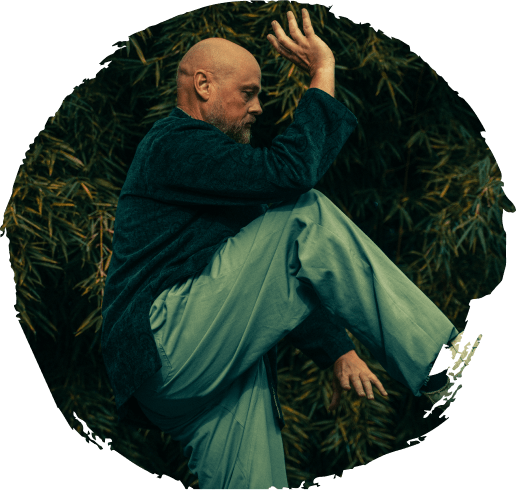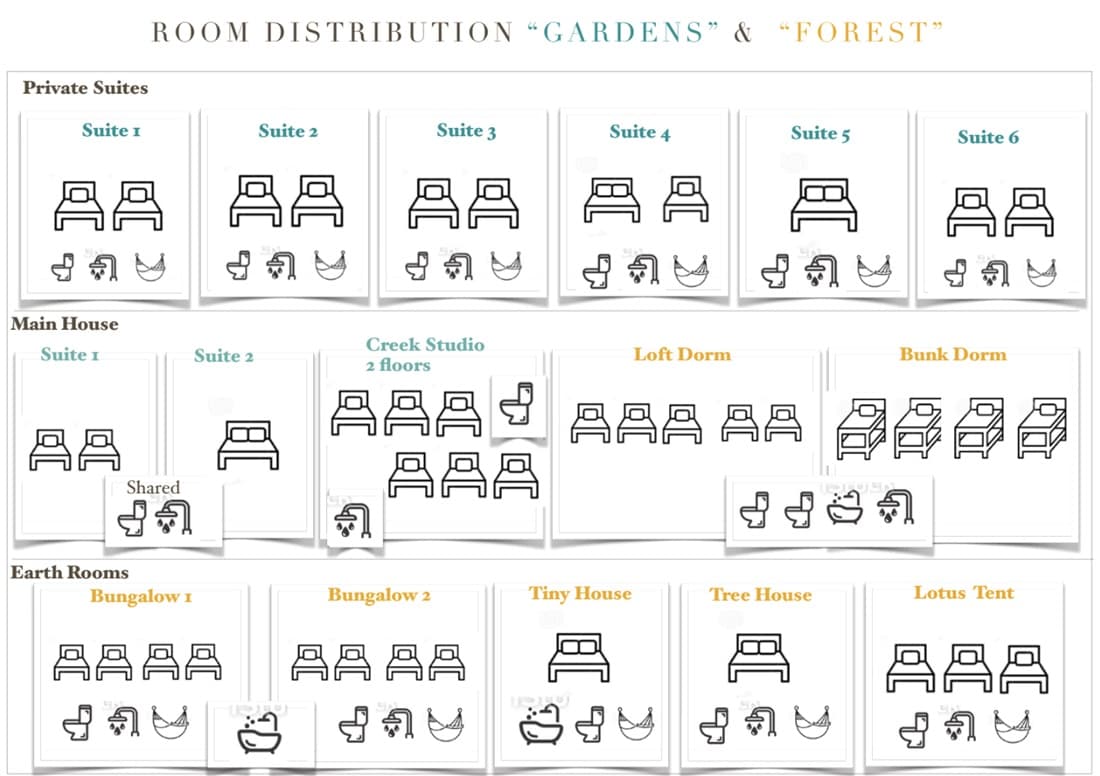Exercises that incorporate twisting, turning, screwing, whirling, bending, undulating, sinking down and rising up, wiggling etc. are often associated with the natural movements of snakes, serpents and thus dragons. Many Qigong forms, sets and specific Qigong movements have been called "Dragon" forms , sets or exercises.
The Six Dragons Exercise is a composition of six exercises, flowing seamlessly from one to the next. This set and its six elements could be seen as the Qigong of Baguazhang, a dynamic and energetic practice to initiate the physical body and to open energetic pathways for the method of Baguazhang. Baguazhang being one of the internal martial arts, characterized by a great deal of twisting, turning, circling and spiraling motions and incorporating many positions and movements called ‘Dragons’.
The Dragon – East and West symbolism
Some people have the misconception that the Chinese dragon is a symbol of evil. This misconception comes from the mythology of the West, according to which dragons are almost always evil, menacing, fire-breathing monsters that kidnap girls, wreak havoc, steal jewels and must be defeated by the brave hero. Dragons in Eastern culture are given quite an opposite meaning. In the East, the dragon is a positive symbol, associated with rain and storms, bodies of water, happiness and prosperity. The dragon's heavenly breath, called sheng qi, is considered the essence of life. The dragon has the characteristics of many animals: a head like a camel, horns like a deer, eyes like a hare, ears like a bull, mane like a lion, whiskers like a catfish, body like a snake, scales like a carp, paws like a tiger, and claws like an eagle.
The dragon's attribute is a pearl, held in the dragon's claws or hovering between two playing dragons. It is believed to be a symbolic representation of the "sacred pearl" of wisdom or pure yang energy. The pearl's symbolism has roots in the Daoist tradition. The pearl most often stands for "truth" and "life" - perhaps even eternal life, which is available to those who perceive the truth and achieve enlightenment. The dragon pearl can also be seen as a symbol of universal Qi, which is the source of all energy and creation.
It is interesting to note that the modern expression "geomantic lines" had its name in the time of the Celts and originated from the ancient practice of druids seeking favorable ley of the land. The druids, who were the priests and clairvoyants of the Celts (and for the Celts dragons symbolized the treasures of the subconscious and supernatural forces that guarded the secrets of the universe), believed that the presence and movements of dragons affected the flow of cosmic energies in the physical world. Areas where dragon paths crossed, where dragons lived or stopped to rest, were considered more powerful than surrounding areas. These geomantic lines were also called "dragon paths." They described how cosmic forces flowed through the earth, and how these forces affected an area. Druids drew maps of these lines to show people the best places to cultivate the land, build a temple or house so that they could harness the dragon's energy.
It was only when Christianity came along that dragons began to be seen as evil. The Christian Church was good at taking over local beliefs and traditions and distorting them for its own benefit. In doing so, it used every possible way to attract people to its religion, from building churches on old pagan sites to portraying the pagan dragon as the embodiment of evil, which is then defeated by the Christian hero. In the West, the dragon must be killed - like St. George did. In the East the dragon stands for happiness and prosperity. But what does the dragon’s energy and its pearl really stand for? Isn't the symbolic slaying of the dragon both allegorical and literal our cutting off from the basic, most precious energy, our jing, the essence of life, sexual energy, the energy of creativity?
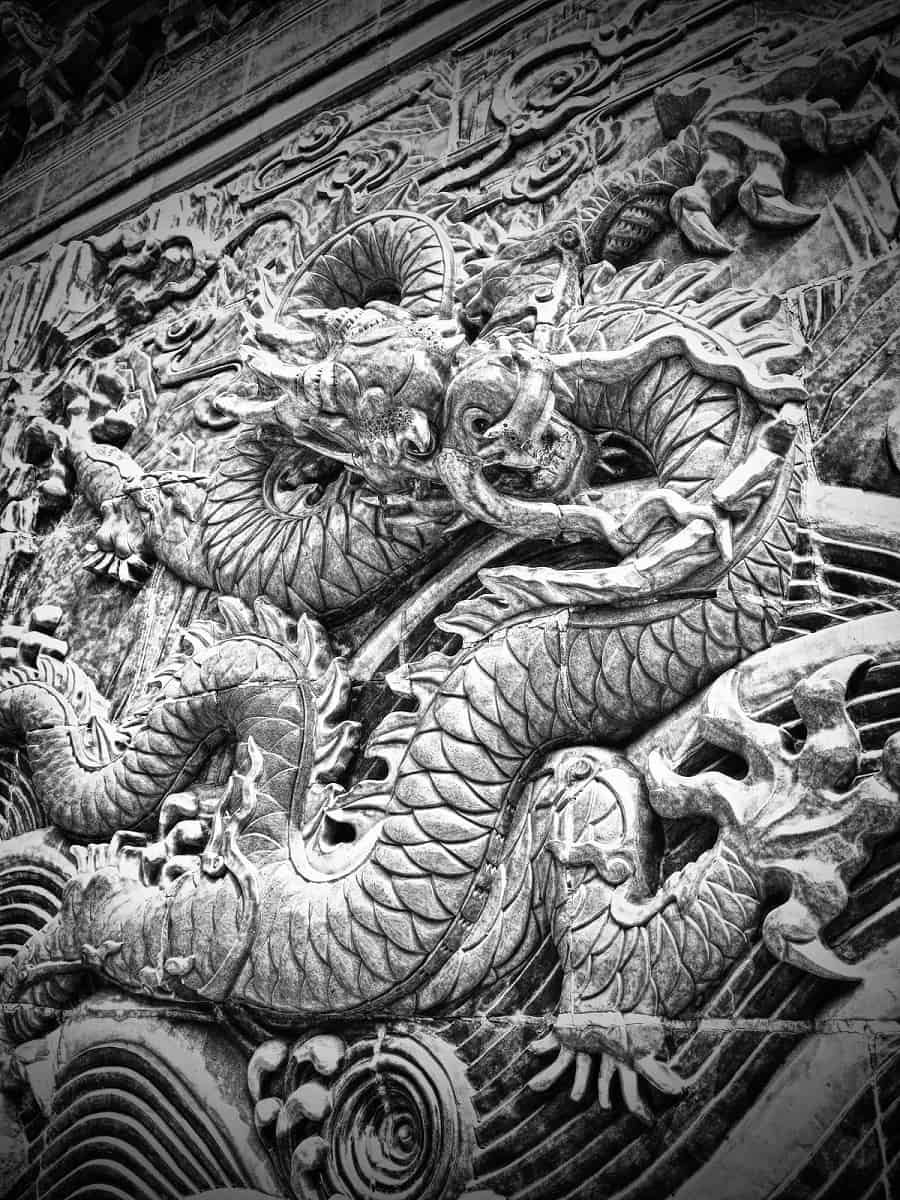
The Dragon in the I Ching, The Book of Changes
In the I Ching, the Book of Changes, the first hexagram, Ch'ien, "The Creative, Heaven," consists of six continuous lines, the yang lines. The yang energy is symbolized by the image of a dragon, which usually represents any powerful, natural force. Heaven's energy is depicted as not limited by any fixed conditions in space and is therefore considered as unceasing motion. For instance, it is the energy driving the changes of seasons and the transformations resulting from them.
We humans, through acquired conditioning and habits, lose touch with this true, naturally flowing, pure yang energy - true vitality. It can be said that the Heaven hexagram, in its six lines, describes six dragons, the inner process of development in six steps, where each step achieved immediately becomes a preparation, initiation and ground for the next. The same pattern shows in the Six Dragons Exercise set.
Six Dragons Exercise practice
In the Six Dragons exercise form, each dragon has a distinct personality and power, and one dragon seamlessly transforms into the next. In this continuous flowing from one movement to the next, you shape tendons, ligaments, soft tissues and spine. You create and strengthen connections in the body in all possible ways as well as the connection between the two hemispheres of the brain. The body's entire system is improved, health is restored. Slowly you remove from your body/mind whatever is an obstacle to free-and-easy, fluid movement. Inner space, as a ground for movement, is created, a space between the two powerful forces of Heaven and Earth. The first three Dragon (exercises) aim for coordination and organization, while the last three Exercises (Dragons) build up the physical and stamina. By experience and practice, you will gain insight into the nature of each movement, each Dragon. The Six Dragons become one, in continuous, seamless metamorphosis.
Zen Parable about a Dragon
There is a Chinese folk tale of the "true dragon," adopted as a parable by countless teachers. Here's the story:
„Yeh Kung-tzu was a man who loved dragons. He studied dragon lore and decorated his home with paintings and statues of dragons. He would talk on and on about dragons to anyone who would listen. One day a dragon heard about Yeh Kung-tzu and thought, how lovely that this man appreciates us. It would surely make him happy to meet a true dragon. The kind dragon flew to Yeh Kung-tzu's house and went inside, to find Yeh Kung-tzu asleep. Then Yeh Kung-tzu woke up and saw the dragon coiled by his bed, its scales and teeth glittering in the moonlight. Yeh Kung-tzu screamed in terror. Before the dragon could introduce himself, Yeh Kung-tzu grabbed a sword and lunged at the dragon. The dragon flew away.”
Many generations of Chan and Zen teachers, including Dogen, have mentioned the “true dragon story” in their teachings. For example, Dogen wrote in Funkanzazengi, "I beseech you, noble friends in learning through experience, do not become so accustomed to images that you are dismayed by the true dragon." As an allegory, the story can be interpreted in many ways. Eg. It can describe someone who is afraid to let go of self-clinging in order to realize the true knowledge, enlightenment. Or...?
Feel invited for our summer Six Dragons Exercise retreat, in August:
https://path-of-dao-qigong.ch/en/offer/retreats/six-dragons-exercise/
